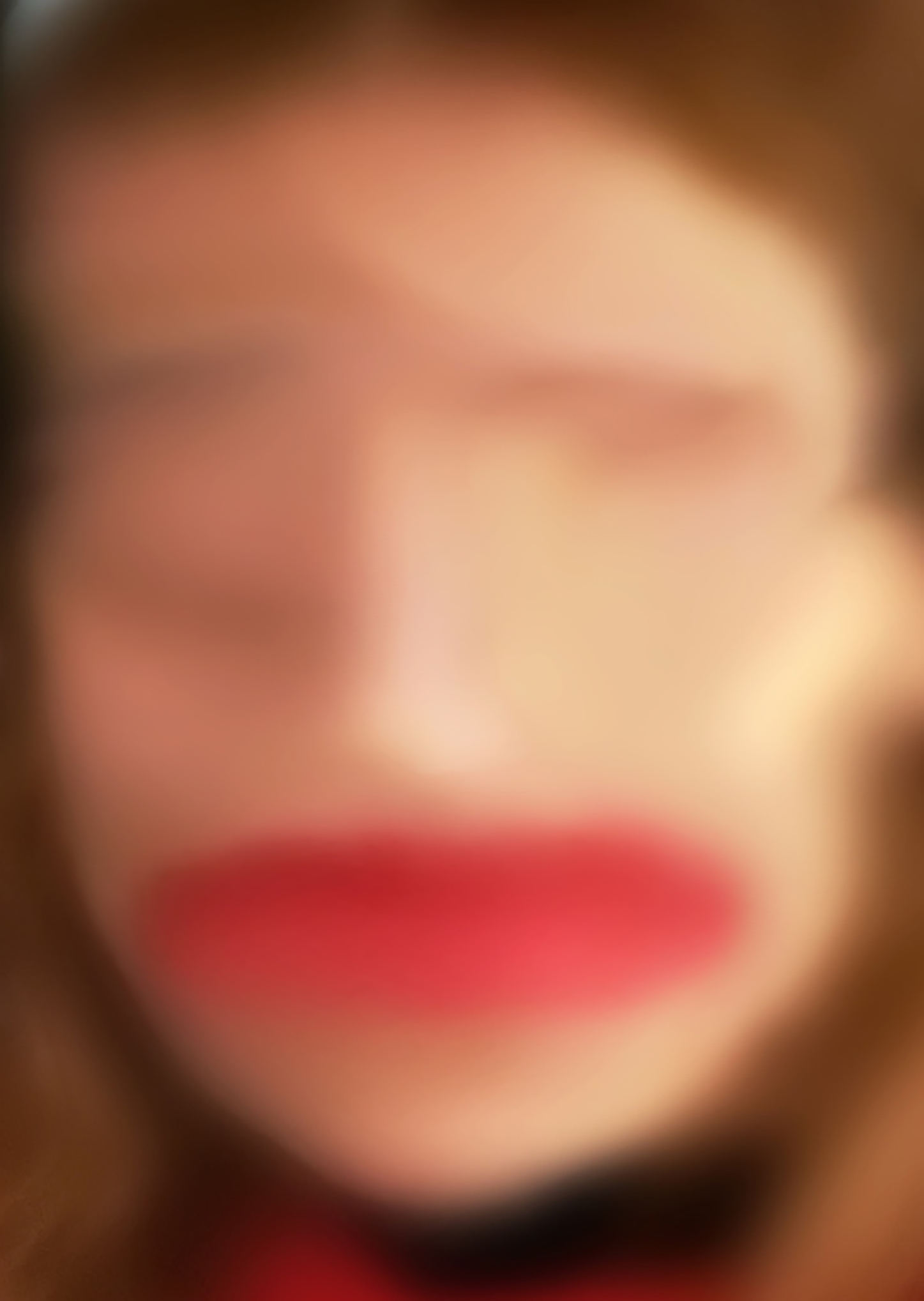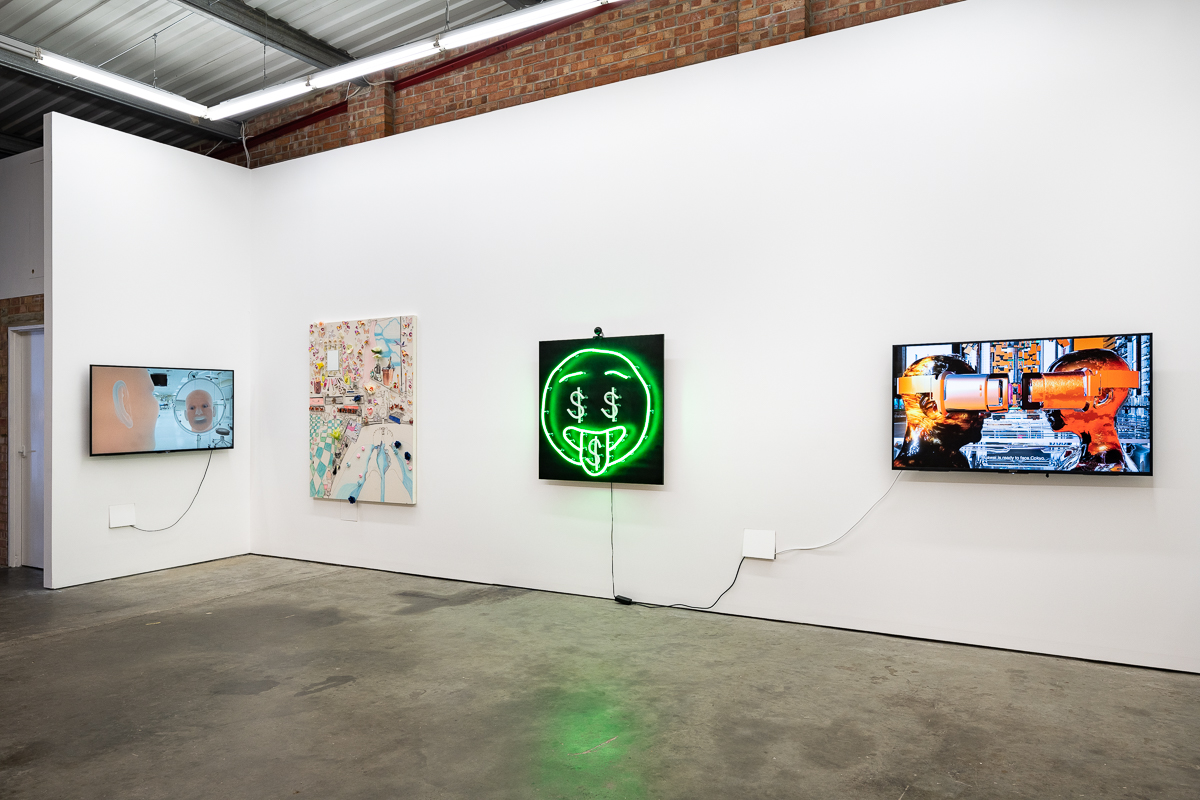AI Portraiture: Us and Them has been profiled in an article on how artists are grappling with the uncertain futures of technology.
What do we see when art looks to the future?
By Reena Devi
In our contemporaneous moment, artists are actively attempting to figure out the myriad future realities filled with certain disruption, from focusing on AI to big data to the people and cultures with seemingly no place in our future world.
As we live through muddled times of disruption exacerbated by the fourth industrial revolution and the pandemic, it is clear that we are hurtling towards a new and different, technologically enhanced world. Futurist Scott Smith summed it up in a recent talk for Architectural Association School of Architecture, UK: there is no 50-year-future that is not going to be disrupted and we need to think in terms of multiple realities.
Almost everyone is trying to figure out the nature of these future realities and the art world is no exception. Just this month, Munich-based gallery Max Goelitz launched a group show aptly titled “chasing another tomorrow” which explores varying notions of the future, as well as the impact of technology on society now and in the years ahead.
This trend is not necessarily a new phenomenon. Artists such as Trevor Paglen and Hito Steyerl have always had their eye on the future in their examination of society and technology. In fact, the state of the future world, including the influence and evolution of technology, has become a crucial artistic language in the 21st century.
Predictably, AI has pretty much taken centre stage in art exploring the future. Annka Kultys Gallery in London is showing a group exhibition till the end of July, “AI Portraiture: Us and Them,” looking at the perception of humanity and robots via the gaze of artificial intelligence.
In August, Gazell.io Project Space on Dover Street, London, will be showing artist and roboticist Alexander Reben’s series “AI Am I? (The New Aesthetic)” featuring works created by GPT-3, the language-predicting deep learning model from OpenAI, and produced in real life by the artist and others. The exhibition asks questions about the future of artistic production and human-machine collaboration.
This follows yet another AI related show in the same space—“Zizi – Queering the Dataset” by Jake Elwes. Originally commissioned by The University of Edinburgh in 2019 for Experiential AI at Edinburgh Futures Institute, the project looks at AI as a tool that perpetuates social bias and notions of gender in drag performances.
However, there is still a lot more nuance required in artistic explorations of the future. Last year, African-American self-proclaimed transmedia artist Stephanie Dinkins, known for her work questioning gaps in big data and exposing the “contemporary forms of algorithmic biopower”, wrote an essay calling for “Afro-now-ism”. Describing the concept as “the spectacular technology of the unencumbered Black mind in action”, she was challenging Afrofuturism’s long held promise of “sovereignty, wholeness, and propriety”.
Dinkins’ argument inevitably brings to light an observable fact for anyone living in today’s makeshift reality—there are many who are no longer invested in the future. The multifaceted roots of this attitude, across different parts of the world and communities, need to be considered consistently, even in the loftiest digital art about the future.
A recent artwork that does so rather effectively is The Red Star (2020) by millennial artist Alia Ali. The 13-minute video installation, exhibited at Benton Museum of Art, California, last year, takes on Yemeni futurism, contemporary struggles and ancient legends.
Born in Austria to parents from Bosnia and Yemen who emigrated to the US, Ali taps on her nomadic outlook from living in seven countries and speaking five languages to capture contemporary transience and geopolitical tensions in her art.
The installation is set to a narration voiced by the artist in English and Arabic about the legend of Queen Bilqis of Sheba, using the Yemeni version where King Solomon himself crossed Arabia and was only allowed to see the Queen by presenting her a gift proportionate to the measure of her power – the Red Star.
Against this ancient telling, viewers witness footage of lively Yemeni scenes of dancing and music and most fittingly, experience the archived sounds from a Mars expedition in 1997 alongside a news report of three Yemenis who sued NASA for their incursion of the Red Star, which they maintain has been owned by their country for 3,000 years.
In the context of the ongoing Yemeni civil war, this mythologically rooted claim comes across as something far more poignant and heart wrenching, and Ali’s installation points this out effectively, concluding with the voice of a Yemeni refugee recollecting his last glimpse of the country before leaving on a boat to the US.
The artist’s question, “Where is the place for Yemen when the land is being erased?” echoes long after viewing the work, emphasising the urgent notion that in the future world we are accelerating towards, there are people and cultures with no place in it.
But Ali’s artwork also reflects the truth about time as a long now, the interminable past, present and future, eclipsing into a single moment of loss and conquest.


